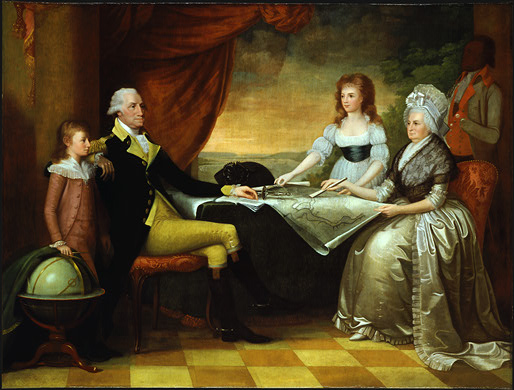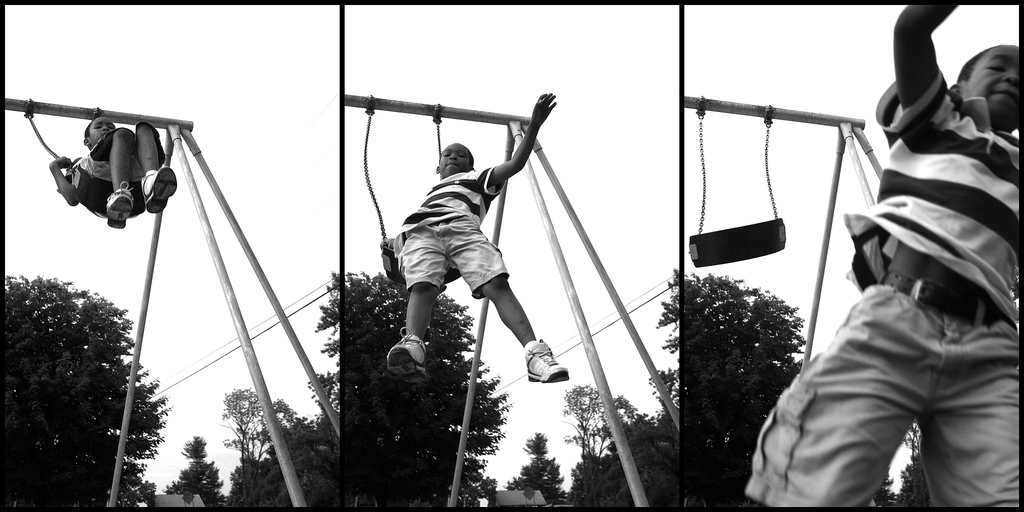I’ve been thinking a lot about “rough spots” in families this week. It seems like no matter how healthy our relationships are, at some point in time things will get a little tough–maybe you even have days, weeks or months of a rough spot.
In our family we’ve had a bit of a rough spot with one of the kids. Then over the weekend I did something that changed everything. I wasn’t try to “fix” anything, it just happened. And once it happened, all of a sudden, I felt like I got my kid back! All the good natured, funny parts of her returned. I felt joyful and relieved.
The best part is that this one thing we did together is really simple, it doesn’t have to cost anything, and it doesn’t take a lot of time to do. I got the idea from Oprah Winfrey and Steven Covey.
So what did I do with my daughter?
We did “one-on-one” time (also called “special time” or a “daddy date” or “mommy date”). It’s time with just you and your child, to be together.
In Steven Covey’s book The 7 Habits of Highly Successful Families, one-on-one time with our kids is part of Habit 3: Putting First Things First.
How to do one-on-one time in your family
Make family a priority
The biggest challenge we hear about doing one-on-one’s with kids is that it takes time. Pretty much anyone you talk to will say that their family is a priority. But how often does family slip down into second or third place as the demands of work, home, and community increase? More often than we’d like to admit.
When Oprah Winfrey sat down with Steven Covey to talk about time with family she said, “What you’re going to hear from people is ‘We don’t have the time’. But if you don’t have the time for one night or at least one hour during the week where everybody can come together as a family, then the family is not the priority.”
Things that matter most must never be at the mercy of things which matter least.
-Goethe
Get creative, plan out some family time, put it in the calendar and commit! You won’t regret it.
Follow the child’s lead
The child usually sets the agenda for one-on-one time. It’s a chance to be with just one child and one parent (when a third person is introduced the dynamic changes).
Covey writes that one-on-one’s are “private times together in which … there develops a sense of unconditional love, of positive regard and respect that does not change, is never altered. These special bonding times build the assurance that when troubles and problems come along, the relationship can be depended on”.
Said another way, one-one-one’s are a time to build the relationship with your child. This becomes a relationship that you and she can rely on in tough times.
Keep it simple
One-on-one’s could be anything. They don’t have to cost anything. They can even be spontaneous… but it’s better to plan them so you can make sure they happen. Setting a recurring appointment on your calendar can help.
Here are some of our current favorites (good for young and older kids): a walk around the neighborhood before bedtime, swinging on the swings at the beach before school, talking-singing-dancing in the car, reading stories under the covers before bedtime (Yes! We read to each other even though the girls are both accomplished readers), playing a card game during a meal, baking or crafting together, watercoloring at the park, roller skating and skateboarding on the sidewalk, going to the library, or exercising together.
Be Present
When I’m with one of our children alone I am often tempted to try to work out something, like who is going to take out the trash, or to talk about the calendar.
But if I’m really present with someone else, my own concerns and fears are gone. I’m not thinking about who is going to take the trash out because I’m only thinking about the other person–their goals and interests–not my own.
Covey says, “This is where there is the deepest nurturing of heart and soul, where most of the real work of the family is done… This is where the deepest bonding takes place.”
If family meetings are the first priority, one-on-one times are the second. One-on-one’s are the foundation of the family structure.
And this is what happened for us too. Our daughter–who was having the “rough spot”–wanted to do some shopping. We went, just the two of us, to the store. I was focused on her shopping the whole time (not buying things for myself or the rest of the family).
She was delightful. She was funny. We were like two giggling teenagers together. She talked about things happening at school and things that she does with her grandparents. I teased her about a cute guy who was also in the store.
She talked about her goals for herself and her plans to get better at horseback riding. I shared about things that happened in our family before she was born. These are things that we don’t talk about at home–even if we are home with just the two of us.
We undid our “rough spot”; we did some deep bonding, and just enjoyed being together. I saw her humanness and she saw mine. In the days that followed, we’ve enjoyed our deepened connection and closeness.
So here’s what I’d like to know, in this next week, how are you going to create one-on-one time in your family? Put it in the comments below. You might inspire someone else!










Yes! Gotta love a good nap time.
What do people do if they have little ones (1 and 3), no family around and really don’t have anybody to drop the second kid off? I know my 3 year old would loooove to spend some time with me alone and I would actually really like to spend some 1 on 1 time with him but I have nowhere to drop my clingy 1 year old. Ideas?
Great question, Jules! Sounds like you need to get creative… Can you do 1 on 1 time with your 3 year old during the baby’s nap time, or after the baby’s bed time, or put the baby in the sling, or set up something entertaining for baby in the bedroom or crib so she’s safe and happy, or trade off with another mommy? Even 5 or 10 minutes makes a difference. Best wishes! xox
Awesome, Stoney! Yes, with older kids once a week can be enough. Younger kids sometimes like shorter more frequent times. You do what works for your kids and your family. xox
Astrid, what does your 15-year old enjoy? You could even just play video games with him… let him pick the activity and have fun!
Lucy, I so agree… your 10 year old really appreciates these times together. And isn’t it great as kids get older that they become more like peers than kids? So fun to be with them!! Did you do a trail ride on horses?? Sounds awesome!
This was written by one of our readers. Great Story! “One of my daughters mentioned last Saturday night, that she’d like to paint a picture together, the whole family, on Sunday. I said it was a great idea and penciled it onto the calendar. We didn’t get around to it, though. She didn’t mention that we hadn’t followed through, but she has had a particularly rough week, returning from home emotionally distraught and on edge every day. I have not dealt with her outbursts particularly well. Thanks for the reminder about how effective one-on-one time can be, for re-connecting with our children, and sort of hitting the “reset” button!
This weekend, I’m going to carve out an hour to sit down with her, one-on-one, and paint and talk with her.”
I have 2 kids – age 17 and 8 and most of my evenings are spent with the 8year old. So this weekend the older daughter and I went to another city with her best friend and her mom to make plans for college and it was great. It was relaxing and we connected. Came back and got her hair done first time ever and bought her a business outfit for interviews.
Great, Melanie!